Review: The iQOO Neo 10 is a mid-range gaming and battery powerhouse
Why you can trust Android Central
Our expert reviewers spend hours testing and comparing products and services so you can choose the best for you. Find out more about how we test.
Vivo sub-brand iQOO has a differentiated product portfolio that’s aimed at a younger audience, and it consistently delivers phones that have a good value. That was the case with the iQOO 13, a value flagship that has Qualcomm’s latest silicon and decent cameras that undercuts the likes of the Galaxy S25 by a significant amount.
With the Neo 10, iQOO is looking to do the same thing in the mid-range category. The phone marks the debut of Qualcomm’s Snapdragon 8s Gen 4 platform, and it comes with a massive 7,000mAh silicon-carbon battery — made possible by the latest innovations in battery tech — and it has an AMOLED panel that goes up to 144Hz in select use cases.
Although iQOO introduced the Neo 10 in China at the end of last year, the model that’s releasing globally is markedly different; it has a new design, uses Qualcomm’s latest silicon, and has a bigger battery. I’m not entirely sure why iQOO didn’t use another name with the device, because it doesn’t really have any similarities to the Chinese model.
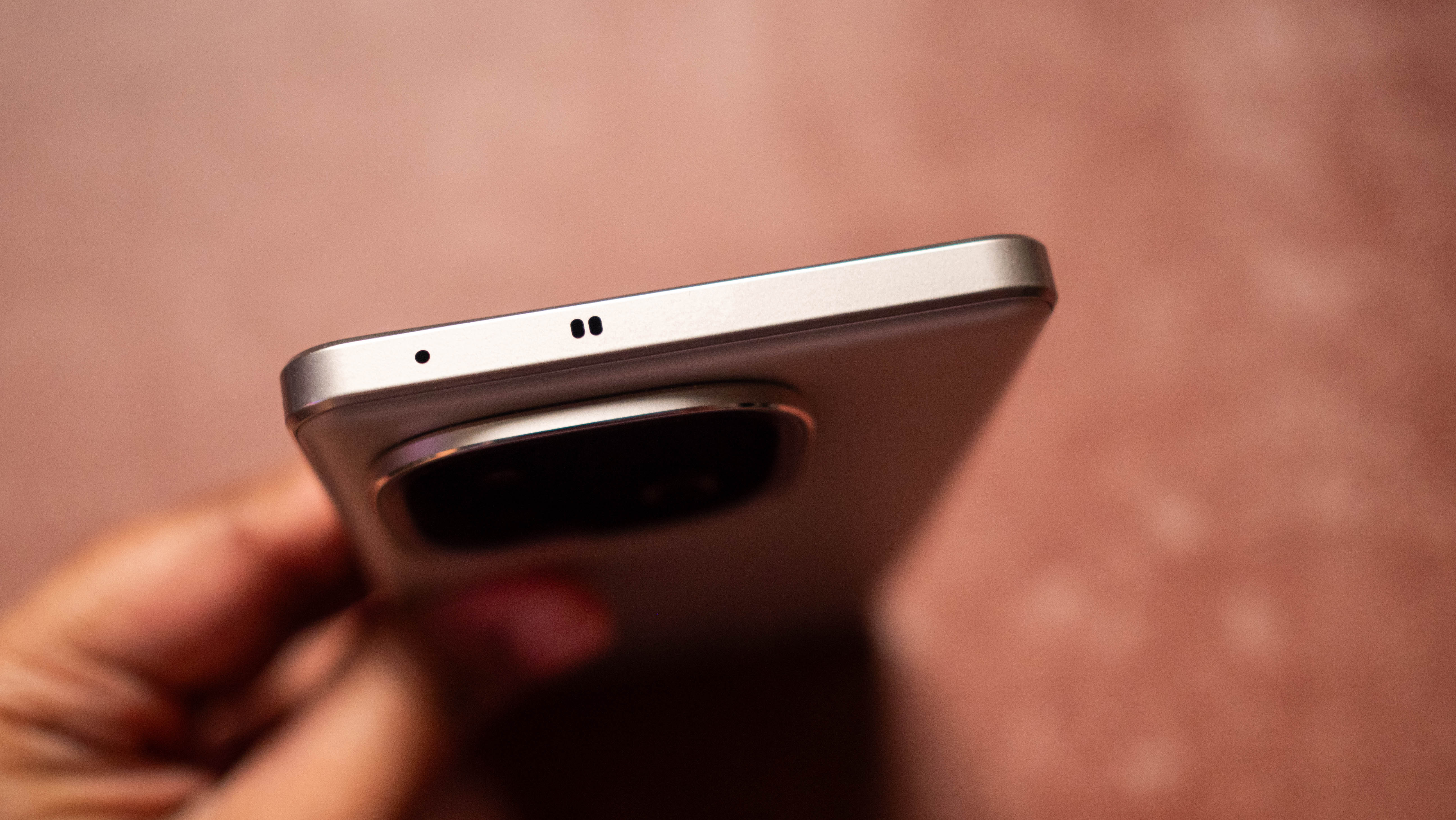
The global variant of the Neo 10 is now available in India, which is iQOO’s biggest overseas market. The phone is sold in several storage configurations, including 8GB/128GB, 8GB/256GB, 12GB/256GB, 12GB/512GB, and 16GB/512GB. As is the case with most brands, not all storage models will be available in all countries, but iQOO is bringing all four models to India, with the base 8GB/128GB edition debuting at just ₹29,999 ($352).
The 8GB/256GB variant is listed at ₹31,999 ($375), the 12GB/256GB model is available for ₹33,999 ($399), and the 16GB/512GB edition is ₹38,999 ($457). Coming in at the equivalent of $399 in other Asian markets, the Neo 10 is an clearly aiming to consolidate its position as the go-to gaming phone in the mid-range category. Having used the phone for just under a month, I can unequivocally say that this is one of the best all-round packages available at the moment.
iQOO nailed the design brief
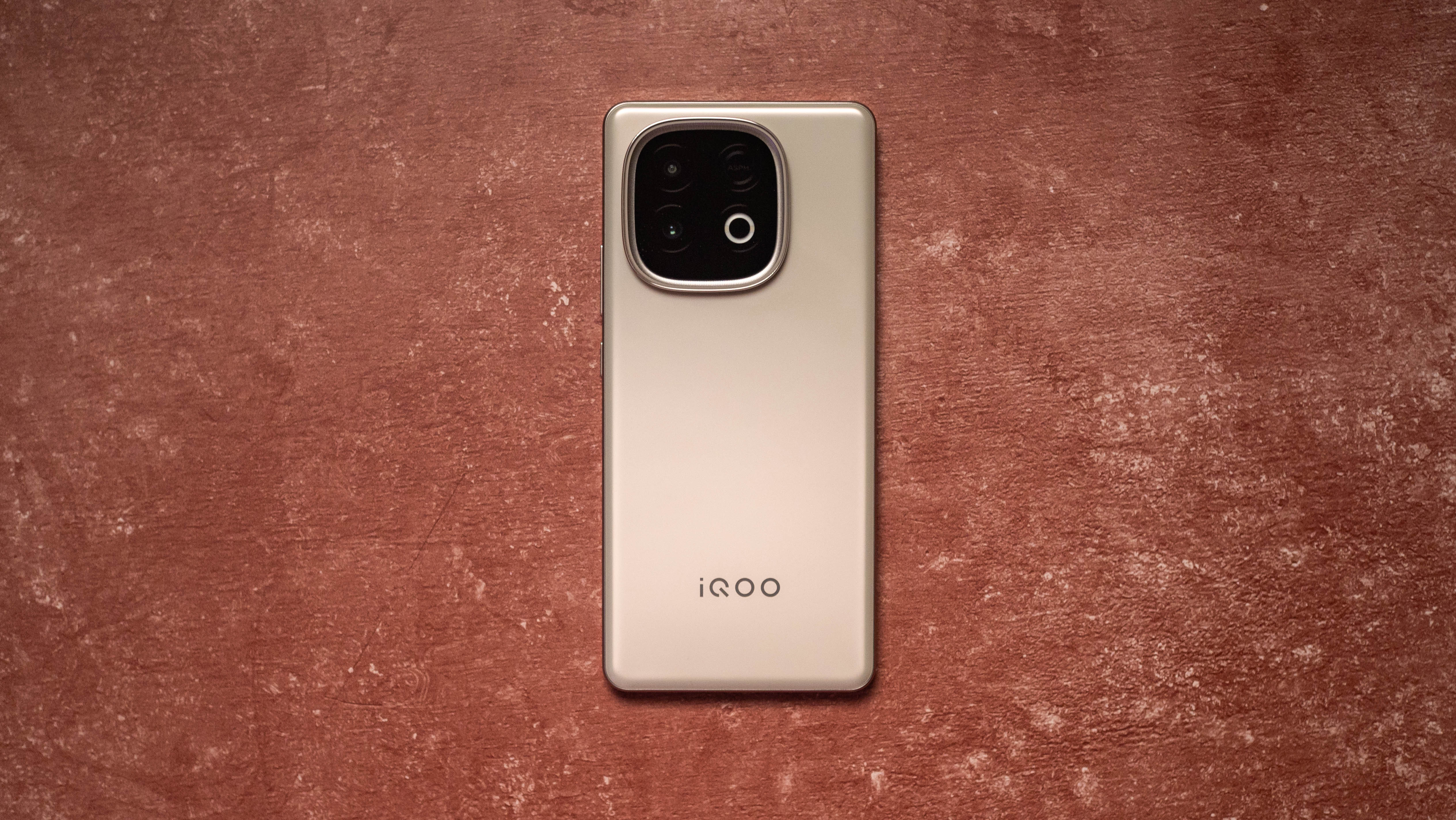
As always, let’s start with the design. The iQOO Neo 10 looks nearly identical to the iQOO 13 thanks to a squarish camera module at the back and similar design aesthetic. The phone has a flat design — like every other device in this category — but there are decent bevels at the edges, and that makes holding and using it much more comfortable.

Although the design isn’t that different to what the brand used in the past, it still looks good in its own right, and if you’re getting a vibrant color variant — the phone is available in orange — it will stand out. The phone gets IP65 ingress protection, and that is decent enough in this category.
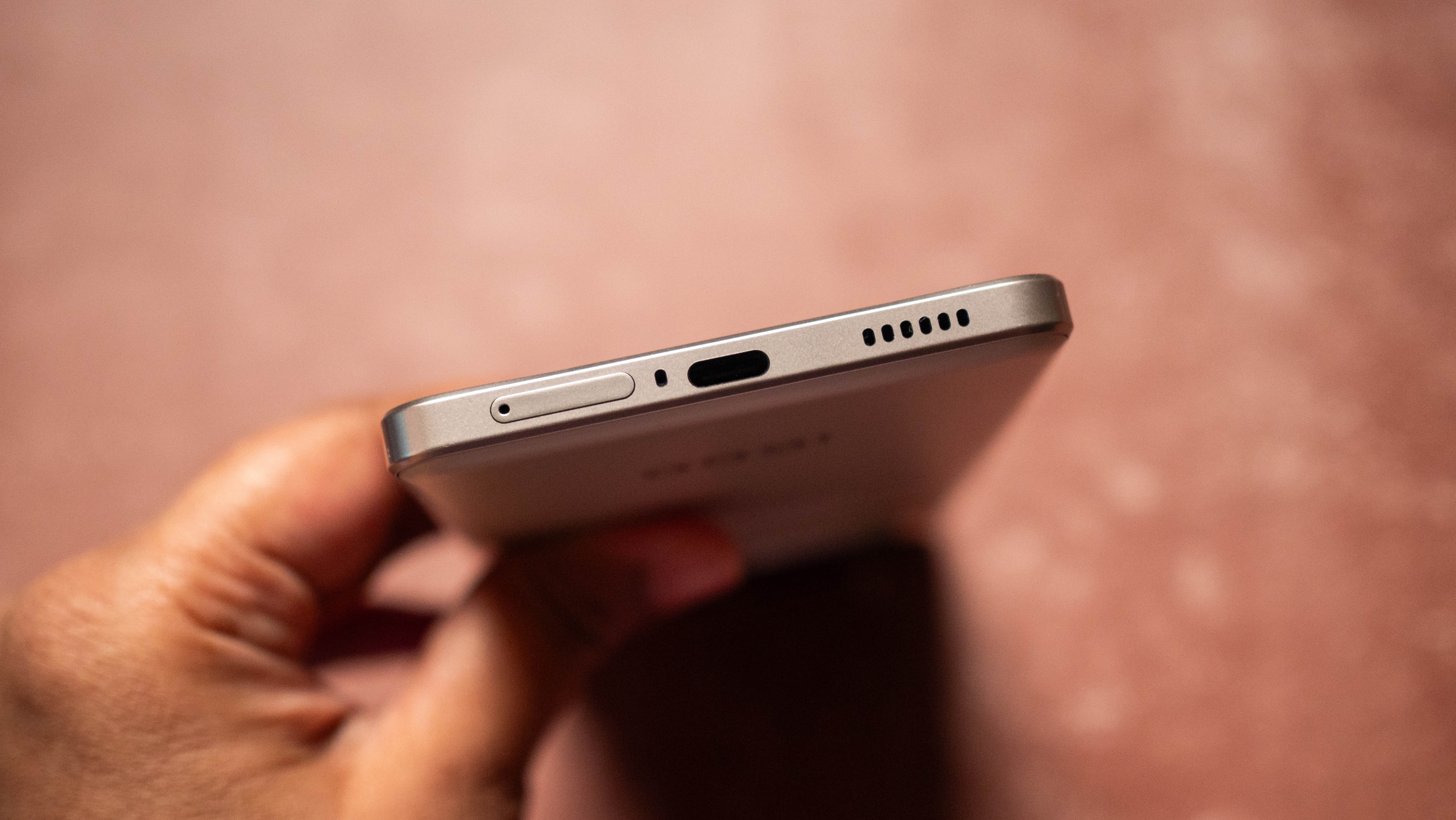
iQOO retained the same 6.78-inch panel as the Chinese model, and it comes with AMOLED tech, 144Hz refresh, and good brightness levels. I didn’t see any problems using the phone outdoors, and iQOO did a good job with color balance out of the box. Like all other Vivo and iQOO phones, you get a decent amount of customizability with regards to adjusting the colors according to your tastes.
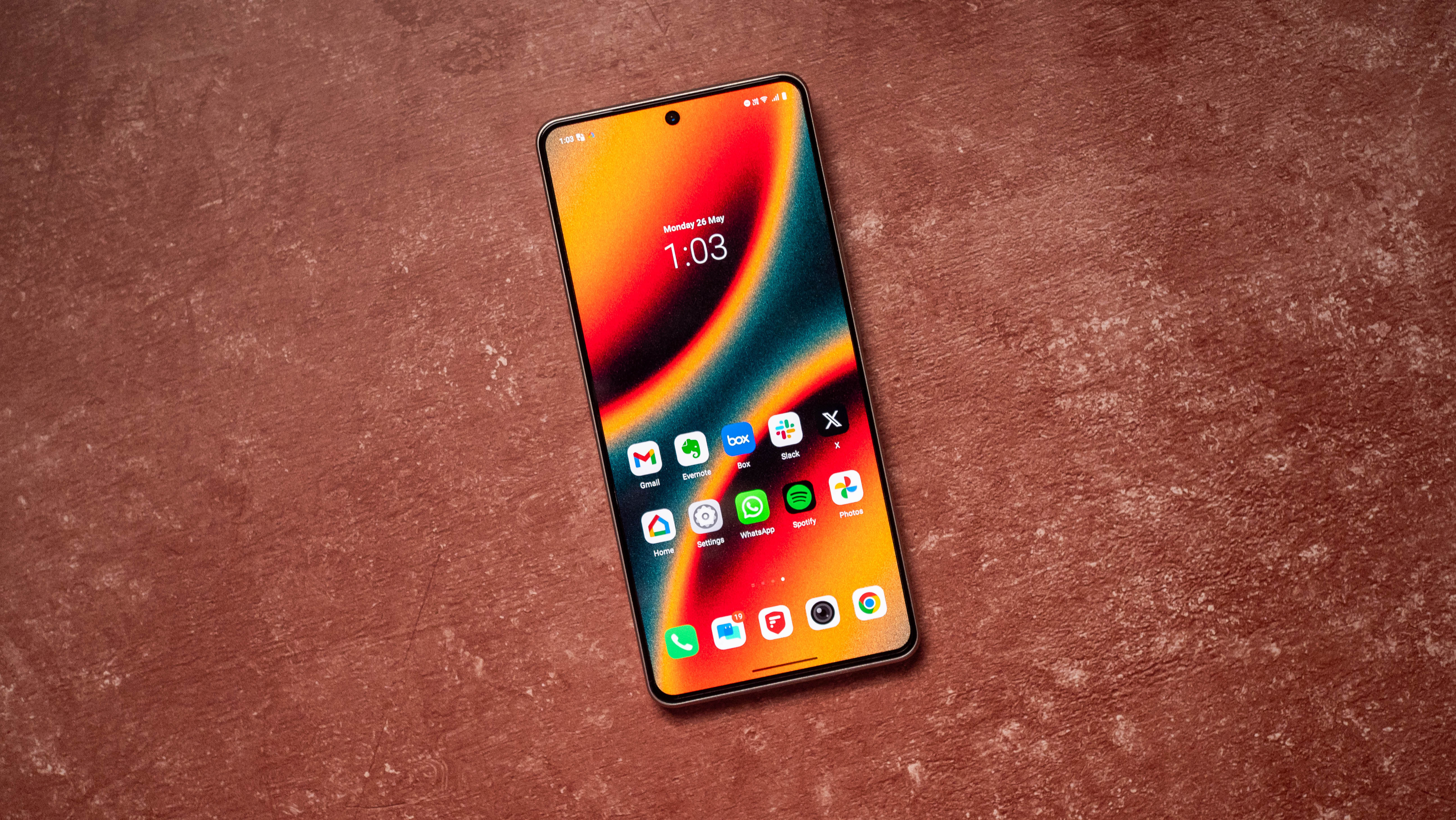
The phone is particularly well-suited to gaming; it manages to run select games at 120fps and even 144fps, and there’s a clear difference in this area. Onboard sound is quite decent too, and the stereo channels deliver a clean and detailed sound.
The Neo 10 is a beast of a gaming phone
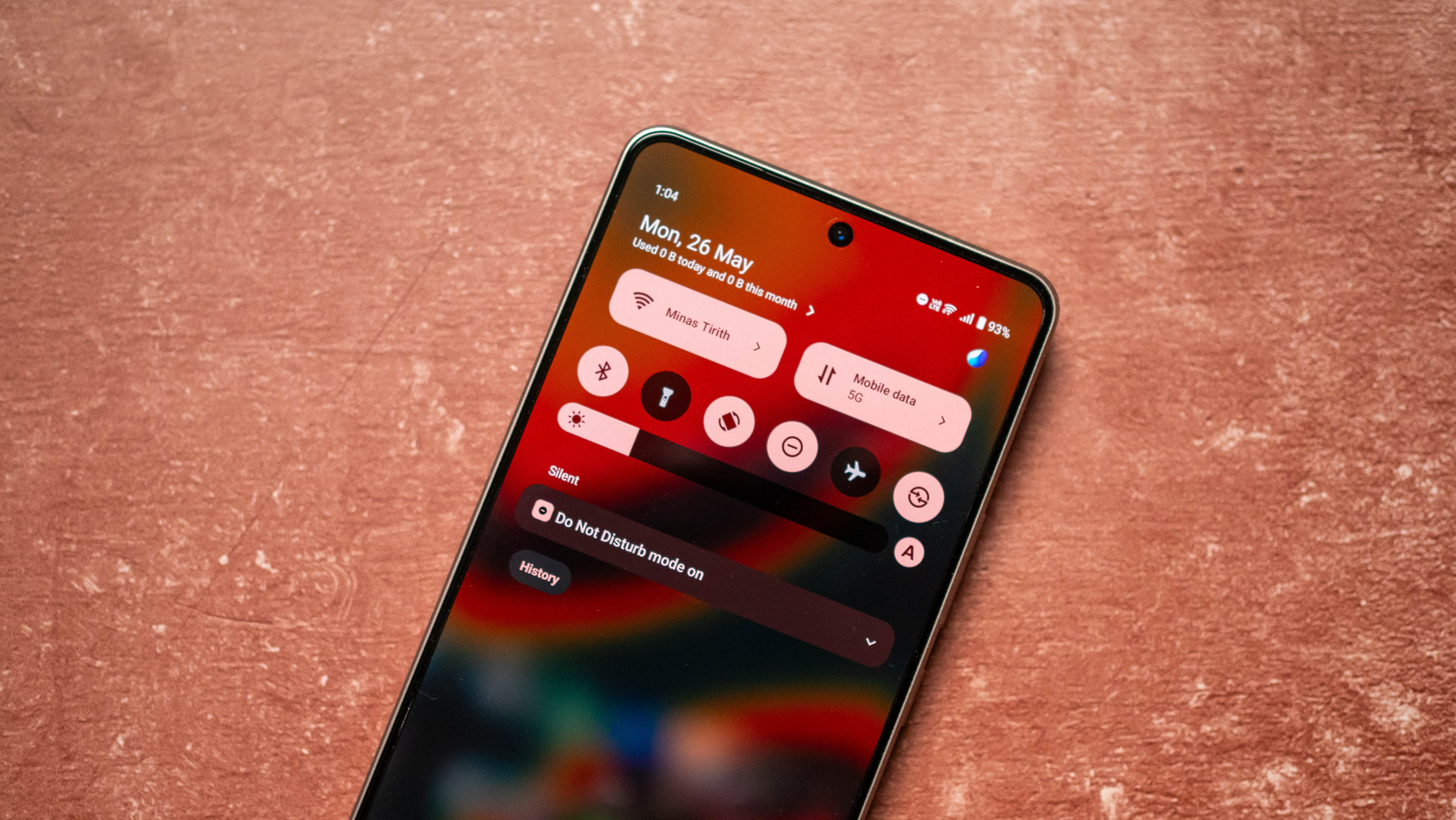
Most mid-range phones now use MediaTek’s Dimensity platforms as standard, and it’s clear Qualcomm wanted to change that dynamic with the introduction of the Snapdragon 8s Gen 4. The chipset sees a Cortex X4 in addition to seven A720 cores clocked at 2.0GHz to 3.3GHz, and it comes with an Adreno 825.
The result is that the Neo 10 is one of the fastest mid-range phones you can buy today; the phone does a fantastic job with gaming, and it handles visually-intensive titles without too much of a hassle. I didn’t see any issues with overheating either — which is a downside on devices like the iQOO 13.
|
Category |
iQOO Neo 10 |
OnePlus 13R |
|---|---|---|
|
Geekbench 6 (single-core) |
1988 |
2093 |
|
Geekbench 6 (multi-core) |
6690 |
6246 |
|
Geekbench AI (Quantized Score) |
2900 |
3041 |
|
3DMark Wild Life Extreme (score) |
3566 |
4550 |
|
3DMark Wild Life Extreme (FPS) |
21.35 |
27.25 |
|
3DMark Solar Bay (score) |
5131 |
8075 |
|
3DMark Solar Bay (FPS) |
19.51 |
30.71 |
In short, if you want a mid-range gaming phone, the Neo 10 is a great choice. The phone does a good job with connectivity as well, and while the vibration motor isn’t quite as detailed as high-end phones, it is decent enough.
Battery life is an area where the Neo 10 has a considerable advantage over its rivals; thanks to a 7,000mAh silicon-carbon battery, the phone consistently manages to last two days between charges. Even with heavy use, I was able to get well over a day and a half worth of use before having to plug in the device.
In general, battery anxiety is a thing of the past — unless you’re using the Galaxy S25 Edge — and the Neo 10 proves that we are at a point where you don’t need to charge your phone every single day. There’s plenty to like on the charging front too, with the phone using Vivo’s 120W tech; it takes just over 44 minutes to charge the device, and that’s less than most flagships.
iQOO bundles a charger in the box, and it doubles as a 100W PD charger, so you can use it with any other device. As good as the Neo 10 is at gaming, it is the battery life where the phone truly comes into its own.
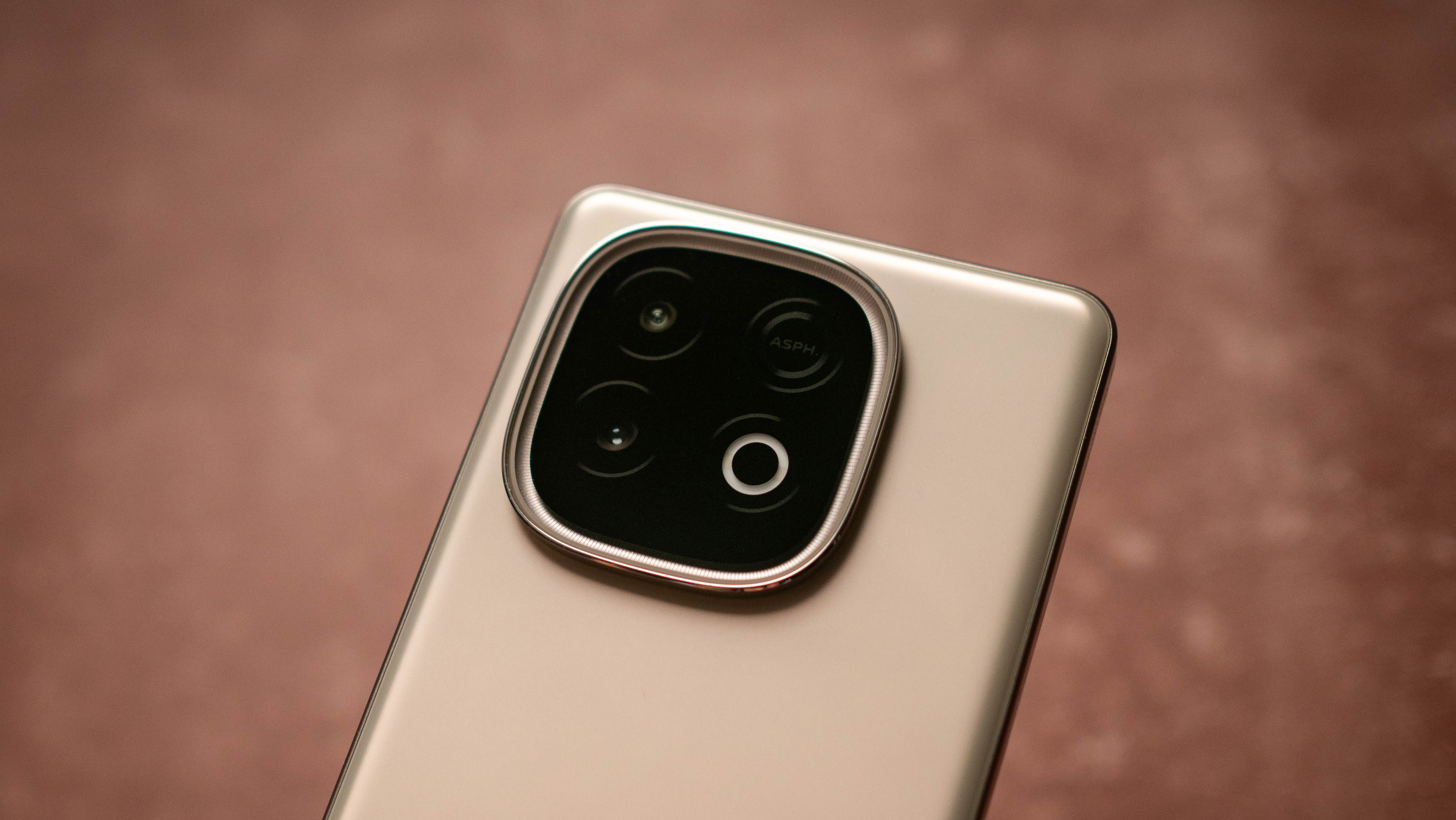
The phone has a 50MP Sony IMX882 as the main lens, and it is joined by an 8MP GalaxyCore GC08 wide-angle camera, and a 32MP GalaxyCore GC32E selfie lens. The selfie lens is notable as it gets autofocus, and it’s clear iQOO wanted to prioritize this over the auxiliary cameras at the back.
That’s because the 8MP wide-angle lens is strictly average; it does a passable job in daylight situations, but it just doesn’t measure up in low-light shooting conditions. You don’t get a tele lens either, and that puts the Neo on the backfoot. That said, the main camera is terrific, and it delivers vibrant photos in just about any lighting scenario.
There isn’t much to talk about on the software side of things; the Neo 10 comes with Funtouch OS 15 based on Android 15, and the interface is identical to what you get on other Vivo and iQOO phones. I like the design, the UI itself is fluid, and you get extensive customizability.
You’re getting a phenomenal value
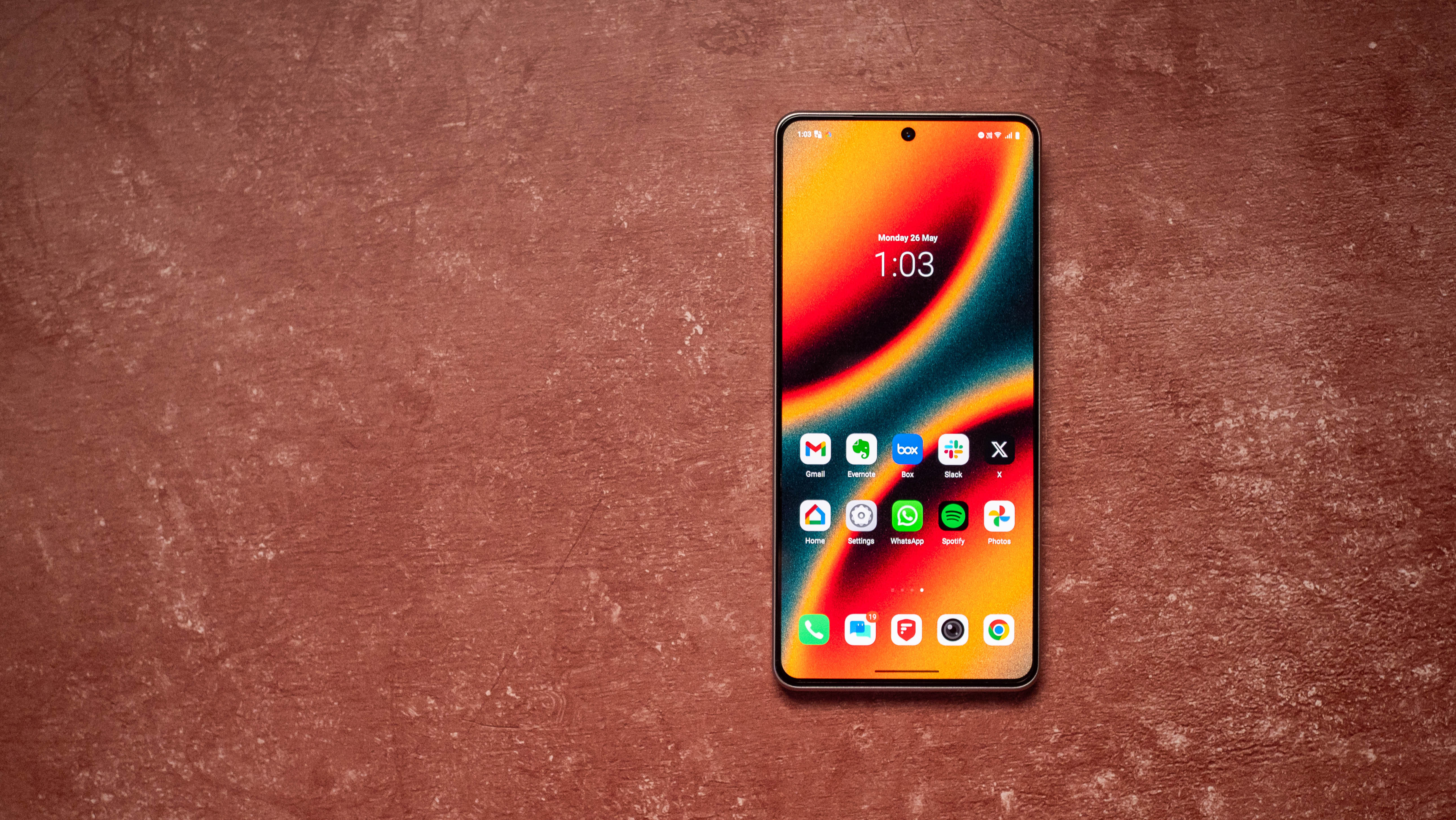
Like every other brand, iQOO is dabbling in AI-assisted utilities, but it isn’t going quite as overboard when it comes to pushing these services constantly — unlike Samsung. The phone will get four Android OS updates, and again, that is in line with other devices in this category.
With the Neo 10, iQOO is showing that it knows how to deliver an all-rounder that excels at gaming and battery life. Outside of the average auxiliary camera, I don’t really have any negatives to point out, and that alone shows just how good this phone is — iQOO ticked all the right boxes.
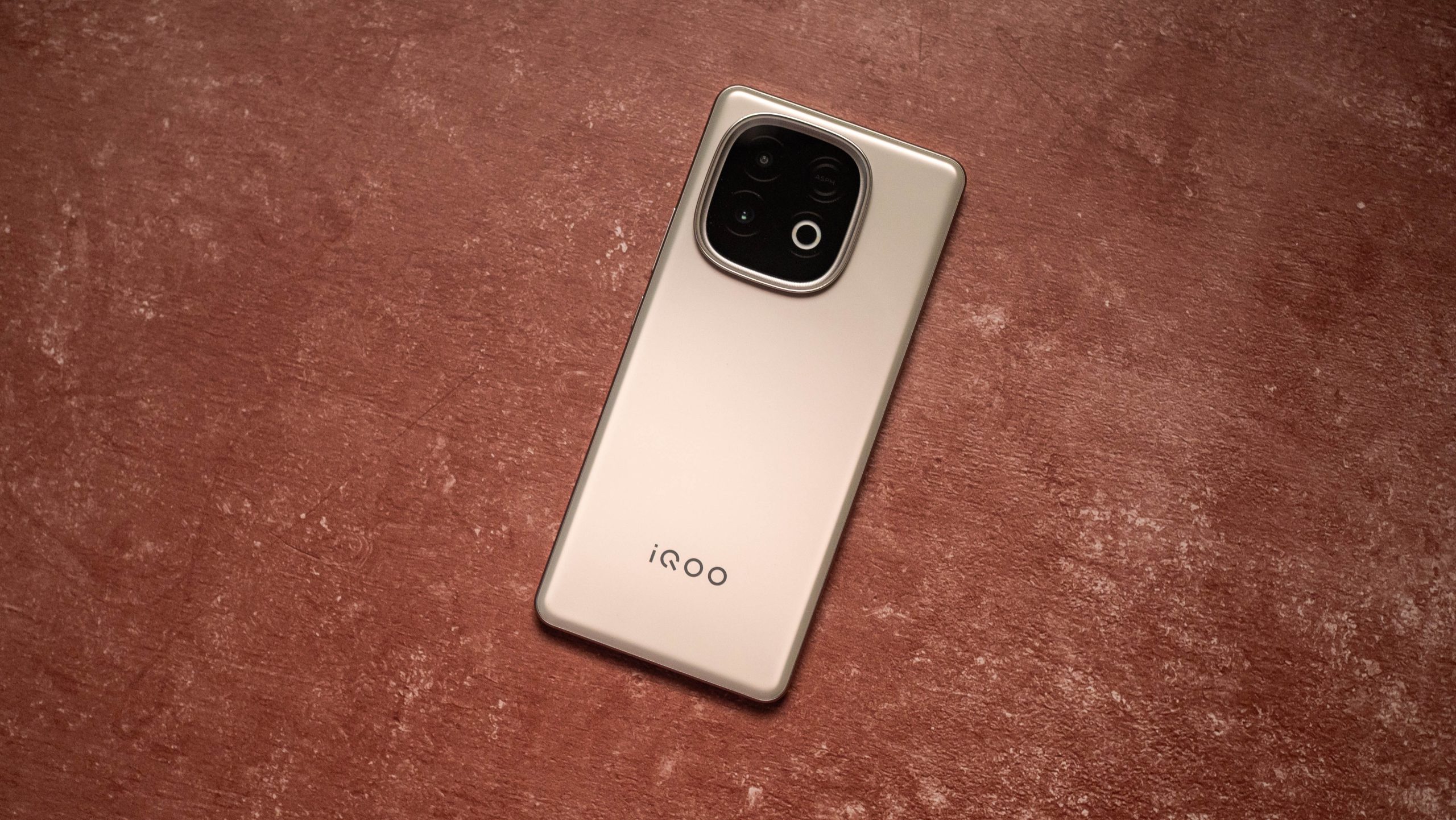
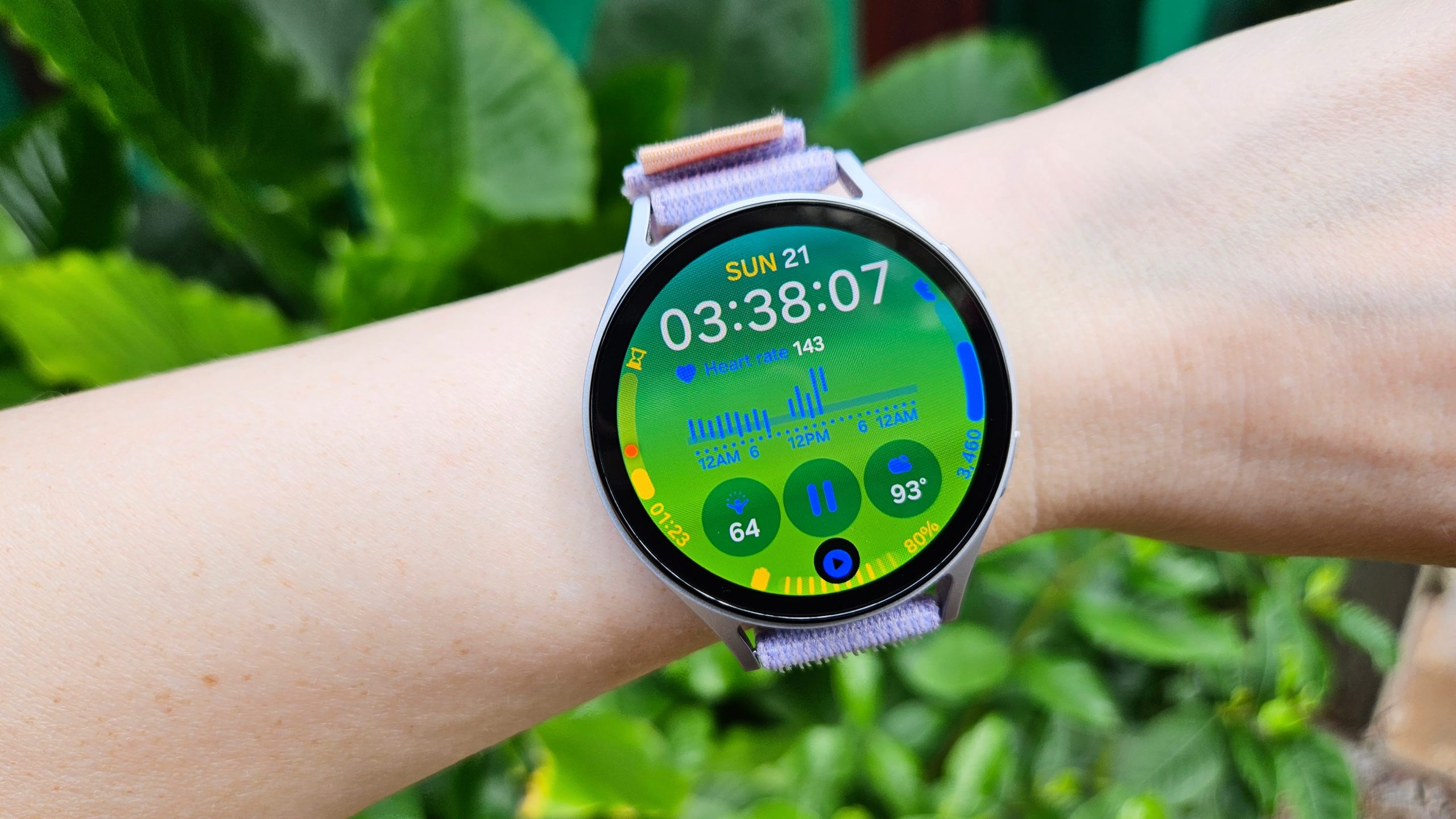
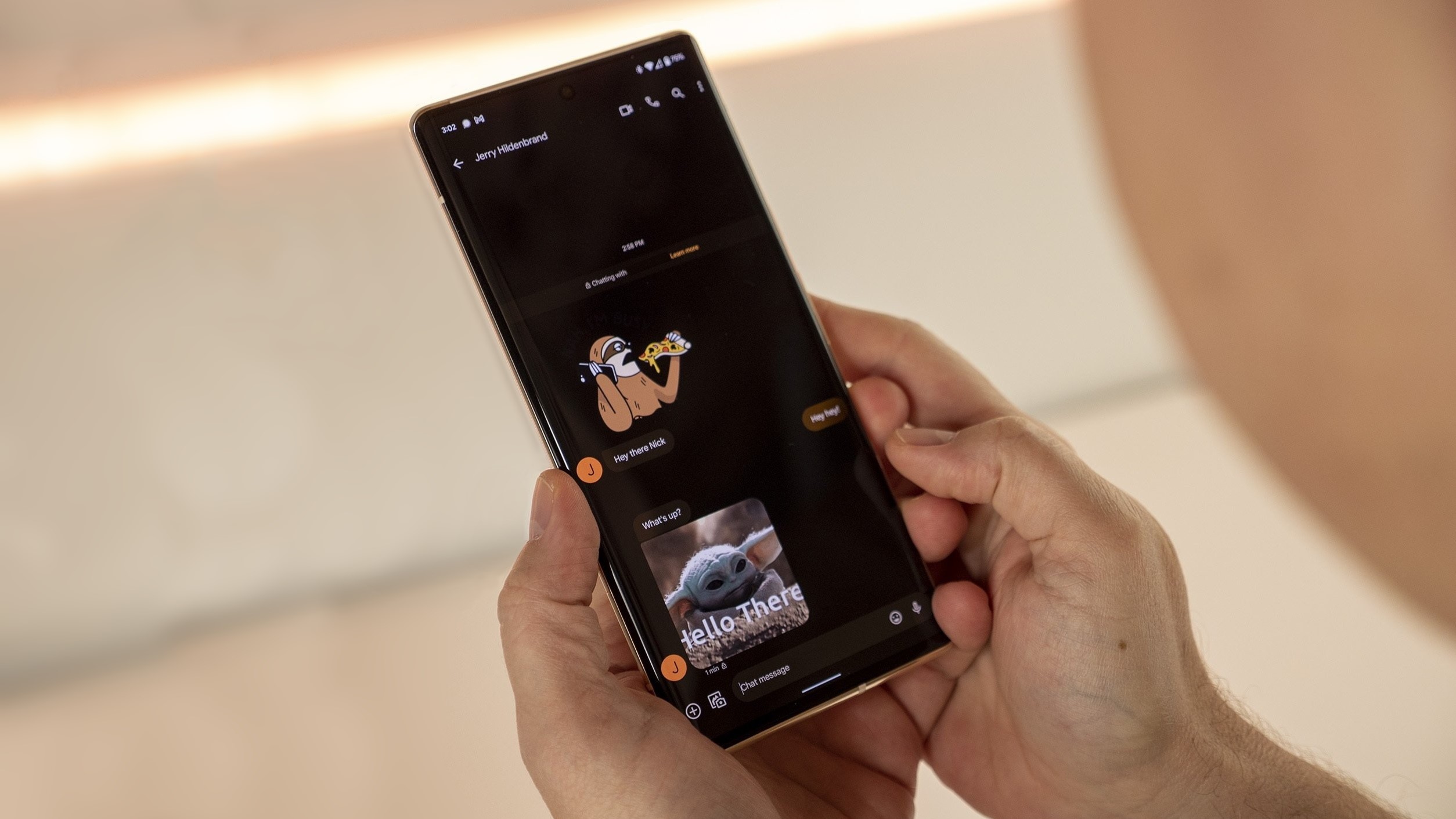
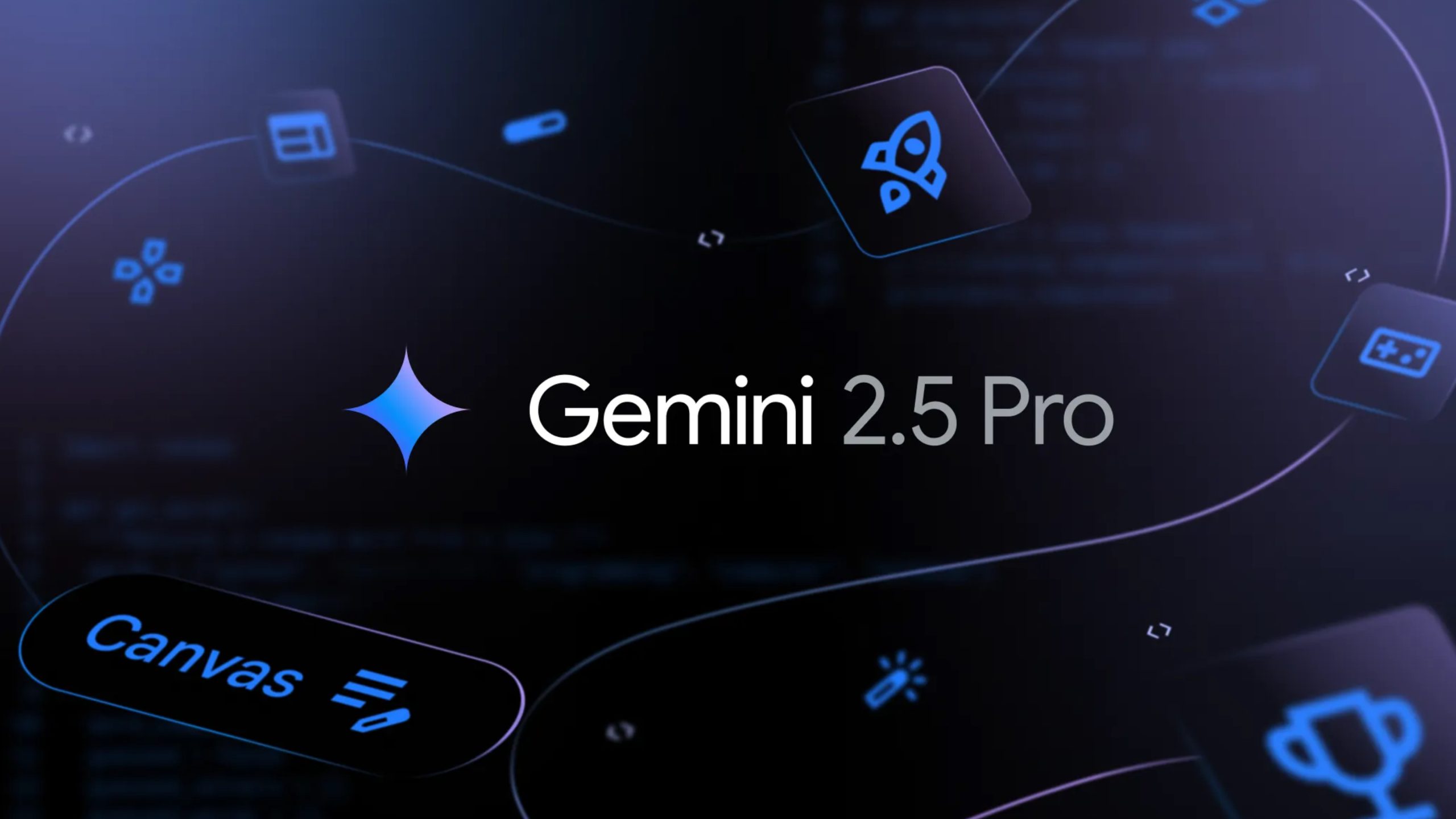










Post Comment